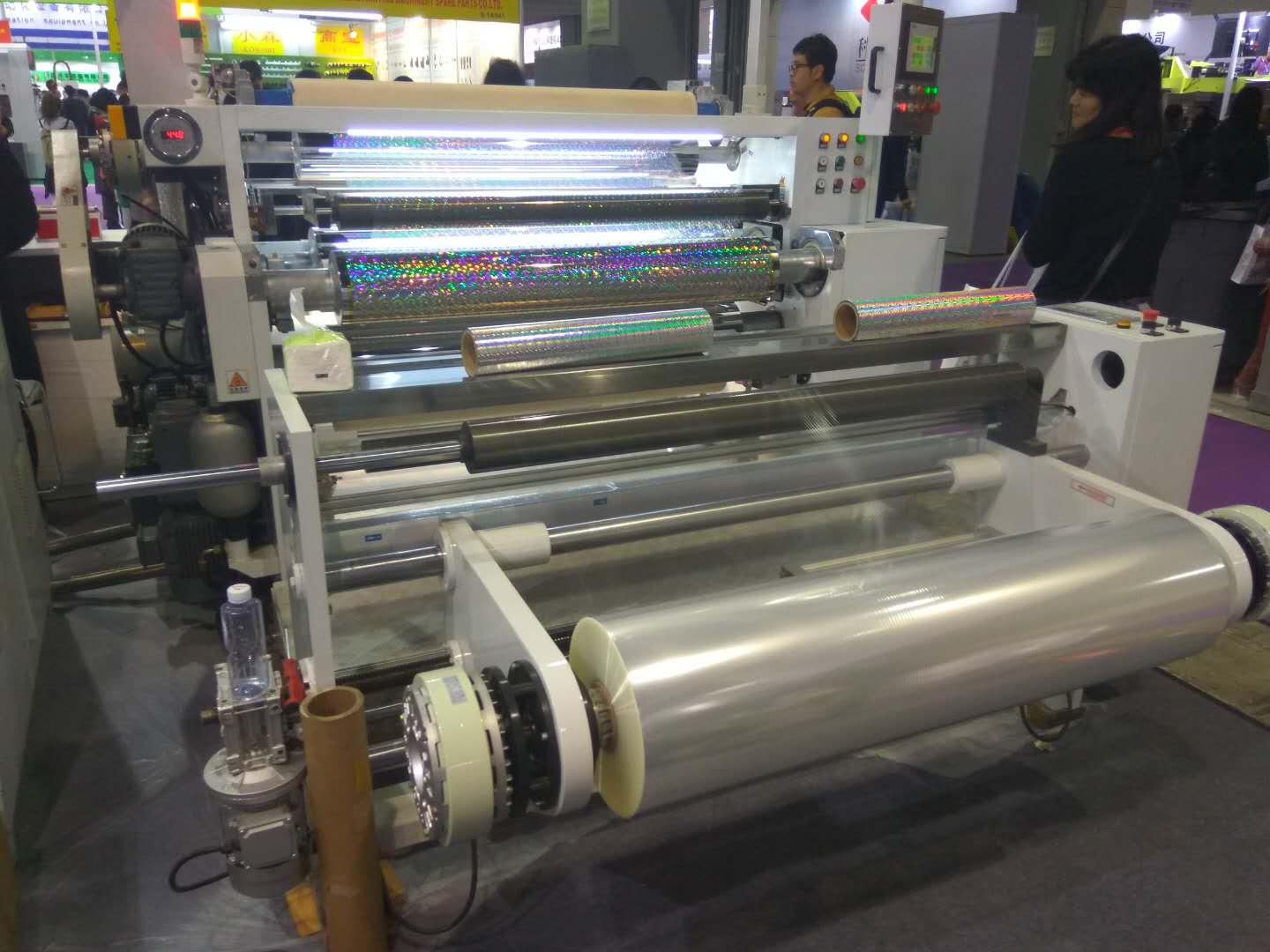In today’s world, the authenticity and safety of medical devices are of utmost importance. With the increasing threat of counterfeit products, anti counterfeit printing for medical devices has become a critical measure to ensure patient safety and maintain trust in healthcare systems. This article explores the various aspects of anti counterfeit printing and its significance in the medical industry.

Understanding the Threat of Counterfeiting in Medical Devices
Counterfeiting poses a significant threat to the medical industry. Not only does it jeopardize patient safety, but it also undermines the credibility of healthcare providers. Counterfeit medical devices can lead to incorrect diagnoses, ineffective treatments, and even life-threatening situations. To combat this, businesses must employ robust anti counterfeit printing techniques to safeguard their products.
What is Anti Counterfeit Printing?
Anti counterfeit printing involves the use of advanced printing technologies to create unique identifiers on product packaging or the products themselves. These identifiers are difficult to replicate, making it easier to distinguish genuine products from counterfeit ones. Techniques such as holograms, watermarks, and QR codes are commonly used in this process.
Key Technologies in Anti Counterfeit Printing
Several technologies play a vital role in anti counterfeit printing for medical devices. These include:
- Holographic Seals: Holograms are difficult to duplicate and can be customized to include specific information about the product.
- Watermarks: Invisible to the naked eye, watermarks provide an additional layer of security.
- QR Codes: These codes can be scanned to verify the product’s authenticity and trace its origin.
- Security Inks: Special inks that change color or become visible under certain conditions add an extra layer of protection.
Benefits of Anti Counterfeit Printing
Implementing anti counterfeit printing offers numerous benefits, including:
- Enhanced Patient Safety: Ensures that patients receive genuine medical devices, reducing the risk of adverse effects.
- Brand Protection: Maintains the integrity and reputation of medical device manufacturers by preventing counterfeit products from entering the market.
- Regulatory Compliance: Helps companies meet regulatory requirements and avoid legal issues related to counterfeit products.
Challenges in Implementing Anti Counterfeit Printing
While the benefits are clear, implementing anti counterfeit printing is not without its challenges. These include:
- Cost: Advanced printing technologies can be expensive, especially for small businesses.
- Complexity: Integrating these technologies into existing production processes can be complex and require specialized knowledge.
- Constant Evolution: Counterfeiters continuously adapt, necessitating ongoing advancements in anti-counterfeit technologies.
E-commerce Solutions and Anti Counterfeit Printing
With the rise of e-commerce, the challenge of counterfeiting has grown. Online platforms are a common target for counterfeiters due to their vast reach and anonymity. Companies are increasingly turning to anti counterfeit printing solutions to secure their online supply chains and protect their customers.
Real-world Applications of Anti Counterfeit Printing
Anti counterfeit printing is already making a significant impact in various sectors. From pharmaceuticals to electronics, companies are leveraging these technologies to safeguard their products. For instance, the pharmaceutical industry uses serialization and track-and-trace systems to ensure drug authenticity.
Future Trends in Anti Counterfeit Printing
The future of anti counterfeit printing for medical devices looks promising, with several trends emerging:
- Blockchain Technology: This decentralized ledger system offers tamper-proof records and enhances supply chain transparency.
- Artificial Intelligence: AI can analyze patterns and detect counterfeit products more efficiently.
- Nanotechnology: Tiny markers invisible to the naked eye can be used for product authentication.
External Primer on Anti Counterfeit Packaging
For a deeper understanding of anti counterfeit packaging, consider exploring this external primer on anti counterfeit packaging.
Conclusion
In conclusion, anti counterfeit printing for medical devices is a crucial element in ensuring the safety and effectiveness of healthcare products. As counterfeit threats continue to evolve, so too must the technologies that combat them. By investing in advanced printing techniques, companies can protect their brands, comply with regulations, and most importantly, safeguard patient health.

FAQ
What is the importance of anti counterfeit printing in the medical industry?
Anti counterfeit printing is vital in the medical industry as it ensures the authenticity of medical devices, protects patient safety, and maintains the credibility of healthcare providers.
How do holograms help in anti counterfeit printing?
Holograms are difficult to replicate and can include specific product information, making them an effective tool in distinguishing genuine products from counterfeit ones.
What future technologies are expected to impact anti counterfeit printing?
Future technologies like blockchain, artificial intelligence, and nanotechnology are expected to significantly enhance anti counterfeit printing by improving product authentication and supply chain transparency.
This article contains affiliate links. We may earn a commission at no extra cost to you.







